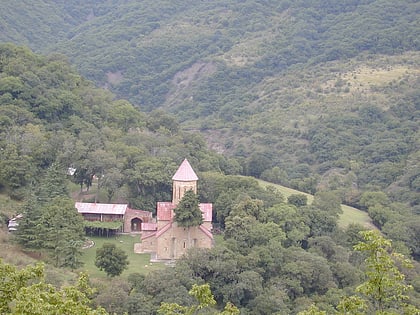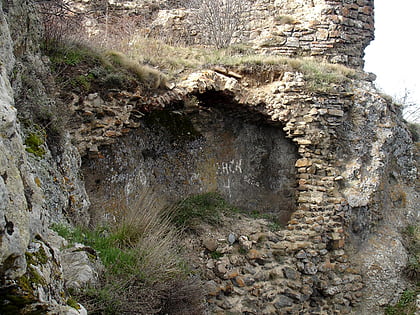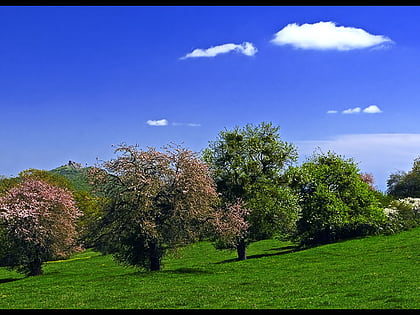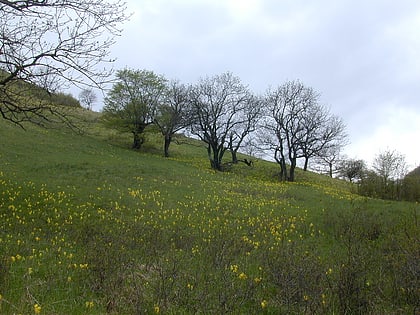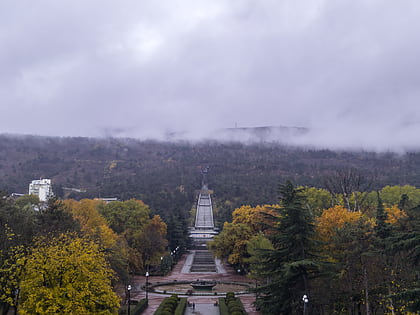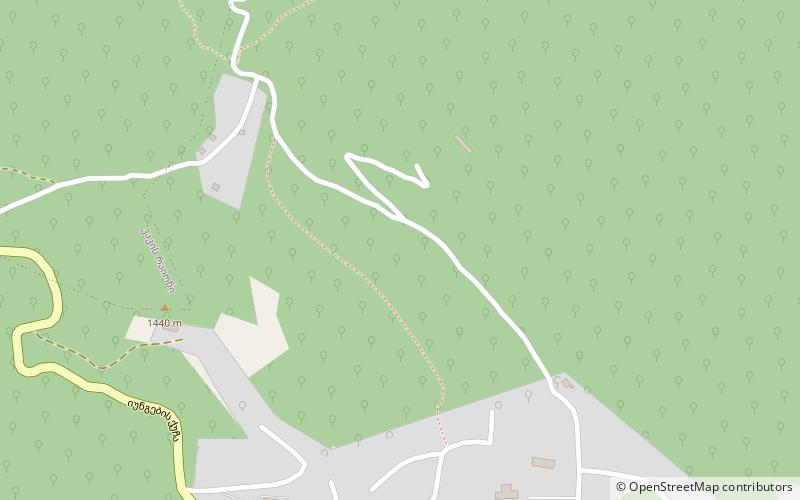Betania Monastery, Tbilisi
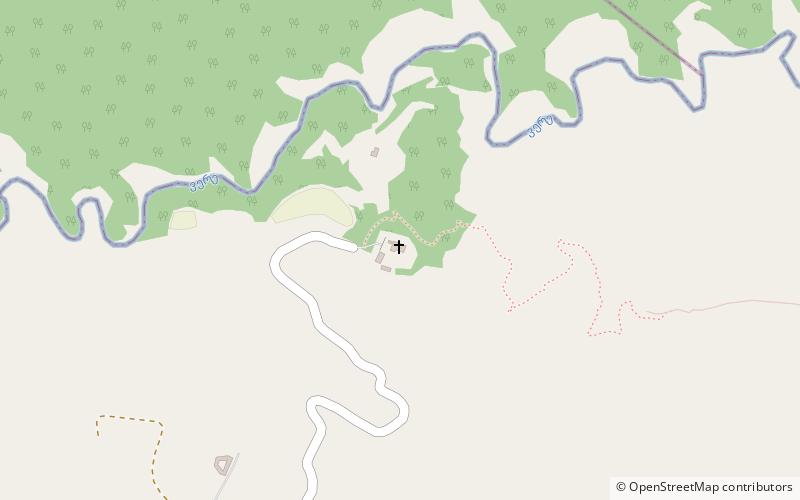
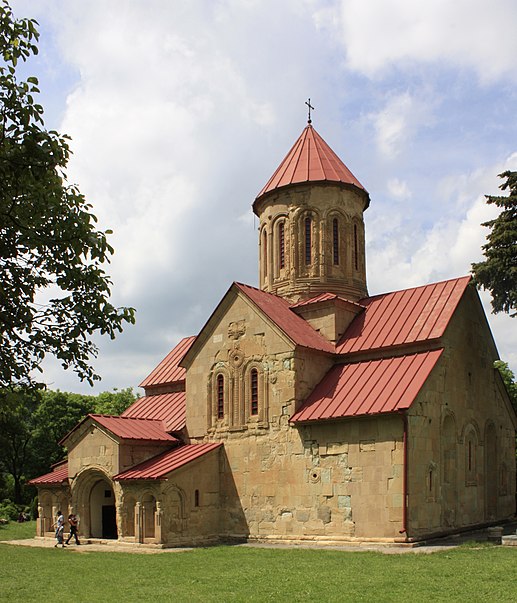
Facts and practical information
Nestled in the serene outskirts of Tbilisi, Georgia, the Betania Monastery stands as a testament to the country's rich religious heritage and architectural prowess. This medieval monastery, often overlooked by the typical tourist itineraries, offers a tranquil retreat for those seeking solace and a glimpse into Georgia's ecclesiastical history.
The Betania Monastery, dating back to the late 12th and early 13th centuries, represents the golden age of medieval Georgian architecture. Despite its modest size, the monastery is renowned for its exquisite frescoes that adorn the interior walls, including a rare depiction of Queen Tamar, one of Georgia's most revered rulers. These well-preserved frescoes are considered some of the best examples of Georgian mural painting, reflecting the high artistic standards of the time.
Surrounded by a lush forest, the monastery complex exudes an atmosphere of peace and contemplation. The main church, dedicated to the Nativity of the Mother of God, features a traditional Georgian cross-dome structure. Its simple yet elegant design complements the natural beauty of the surrounding landscape, creating a harmonious balance between human craftsmanship and the environment.
Visitors to the Betania Monastery can explore the quiet grounds, take in the intricate frescoes, and observe the daily life of the small monastic community that continues to reside there. The monastery's secluded location makes it an ideal spot for reflection and prayer, away from the hustle and bustle of Tbilisi's city center.
Betania Monastery – popular in the area (distance from the attraction)
Nearby attractions include: Agarani Fortress, Kojori, Mount Didgori, Vake District.
